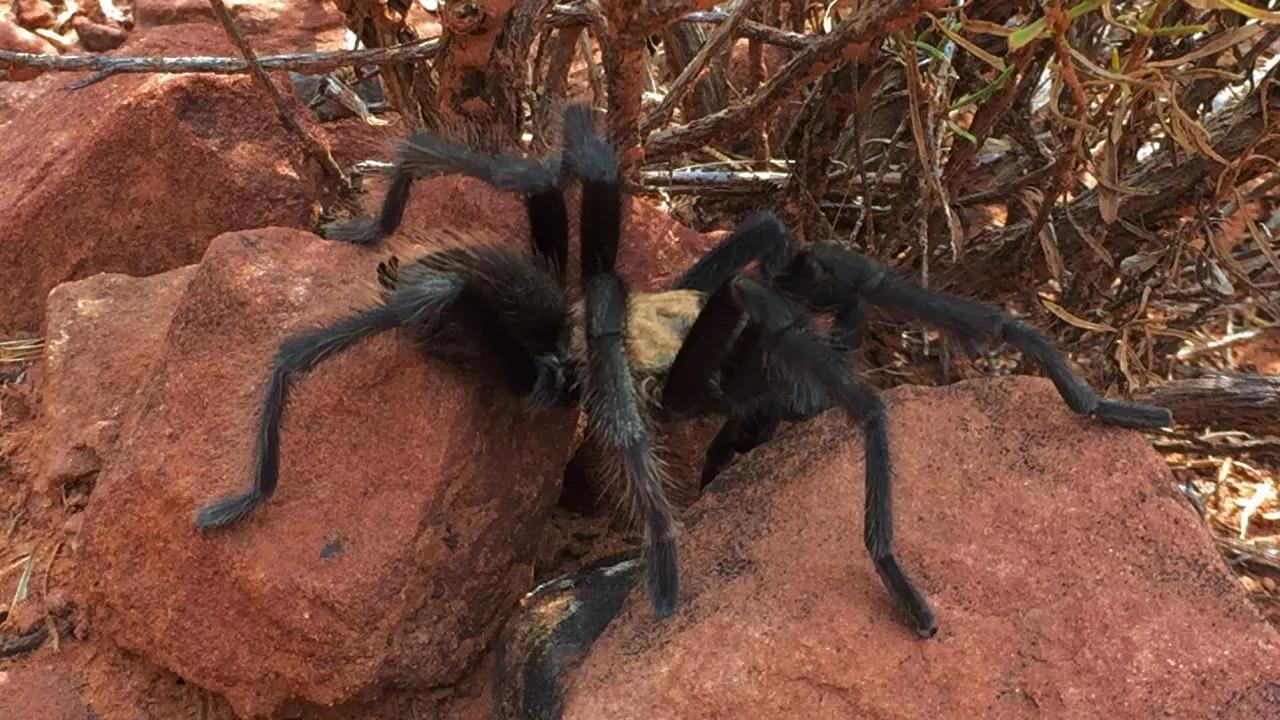Tarantula Zion NP Overview
Zion National Park, a stunning landscape of towering sandstone cliffs and deep canyons, is home to a surprising variety of wildlife, including the fascinating tarantula. While often associated with more arid environments, these large, hairy spiders have carved out a niche within the park’s diverse ecosystems. This guide provides essential information for anyone hoping to encounter these creatures in their natural habitat, offering insights into their behavior, habitat, and the best practices for observing them responsibly. Keep in mind that while tarantulas are present, they are not commonly seen, and observing them requires patience and a bit of luck, along with an understanding of where and when to look. Planning your trip during the right season can increase your chances of spotting one.
Where to Find Tarantulas in Zion National Park
Locating tarantulas in Zion National Park requires knowing their preferred habitats. They typically favor areas with loose soil where they can construct their burrows. These burrows serve as both shelter from the harsh desert sun and as hunting grounds for unsuspecting prey. Look for them in canyons, along washes, and on the lower slopes of hillsides where the soil is not too compacted. Areas with sparse vegetation and a mix of sun and shade are often ideal. Remember that tarantulas are nocturnal hunters, so you’re more likely to spot them at dusk or during the night. Always remember to respect the natural environment and avoid disturbing their habitats, keeping a safe distance when you encounter a tarantula.
Optimal Tarantula Spotting Times

The best time to observe tarantulas in Zion National Park is during their active season, which typically spans from late summer to early fall, often peaking in September and October. During these months, males are most active, as they leave their burrows in search of mates. This is also the period when they are most likely to be seen out in the open, increasing your chances of a sighting. The ideal time of day is at dusk and throughout the night. Using a flashlight can aid in spotting them but remember to use it sparingly and with respect for the nocturnal environment, avoiding shining the light directly at the tarantulas for prolonged periods.
Ideal Locations for Tarantula Sightings
Certain locations within Zion National Park are more conducive to tarantula sightings. The Pa’rus Trail, a relatively easy and accessible path along the Virgin River, can offer opportunities, particularly near the edges of the trail where the soil is less disturbed. Areas near the Watchman Campground, which have a mix of open ground and sparse vegetation, also provide suitable habitats. Remember, always stay on marked trails to minimize environmental impact and maintain a safe distance from wildlife. Remember to bring appropriate footwear for potentially uneven terrain and always be aware of your surroundings, including the possibility of other park inhabitants such as snakes, lizards, and scorpions.
Tarantula Behavior in Zion
Tarantulas in Zion National Park exhibit specific behaviors that are crucial to understanding their lives and appreciating them responsibly. These spiders are primarily nocturnal hunters, spending the day in their burrows to escape the heat. They are ambush predators, waiting patiently for unsuspecting insects, small rodents, and other creatures to wander within reach. Their behavior is largely dictated by the search for food and mates, and during mating season, the males will actively seek out females, often traveling considerable distances. Understanding their habits can help you better anticipate where and when you might encounter one, and how to observe them with minimal disruption to their natural behaviors.
Mating Rituals of Zion Tarantulas
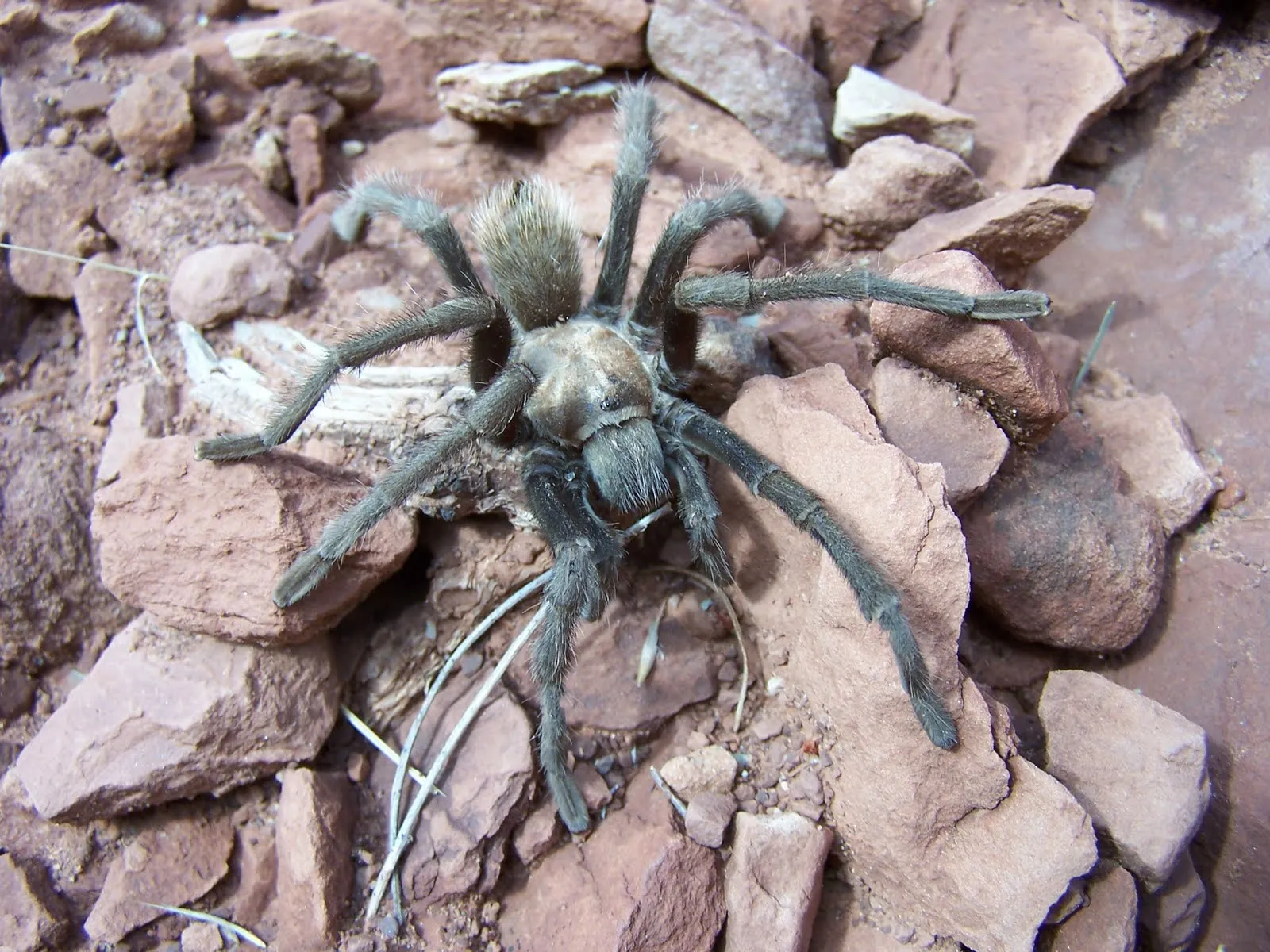
The mating rituals of tarantulas in Zion are a fascinating display of nature’s complexity. During the mating season, male tarantulas leave their burrows and actively seek out females. They use pheromones and vibrations to locate potential mates. Once a male finds a female’s burrow, he will engage in a series of courtship displays, drumming his pedipalps (small appendages near the mouth) on the ground to signal his intentions. If the female is receptive, the mating process will occur. It is important to observe these events from a distance, respecting the animal’s space. After mating, the male faces a high risk of being eaten by the female; it is a risky endeavor to ensure the continuation of the species.
Diet and Hunting Habits of Zion Tarantulas
Tarantulas in Zion National Park are voracious predators with a diet that mainly consists of insects, such as crickets and grasshoppers, but they are also known to prey on small rodents, lizards, and other spiders. They use their fangs to inject venom into their prey, which paralyzes and begins the process of digestion. Tarantulas are ambush hunters, often lying in wait near their burrows or under cover, ready to pounce on anything that comes within reach. Their hunting strategy is a testament to their patience and efficiency. Understanding their diet and hunting habits can provide insights into their ecological role within the park’s ecosystem.
Top 5 Facts About Tarantulas in Zion National Park
Fact 1 Tarantula Species
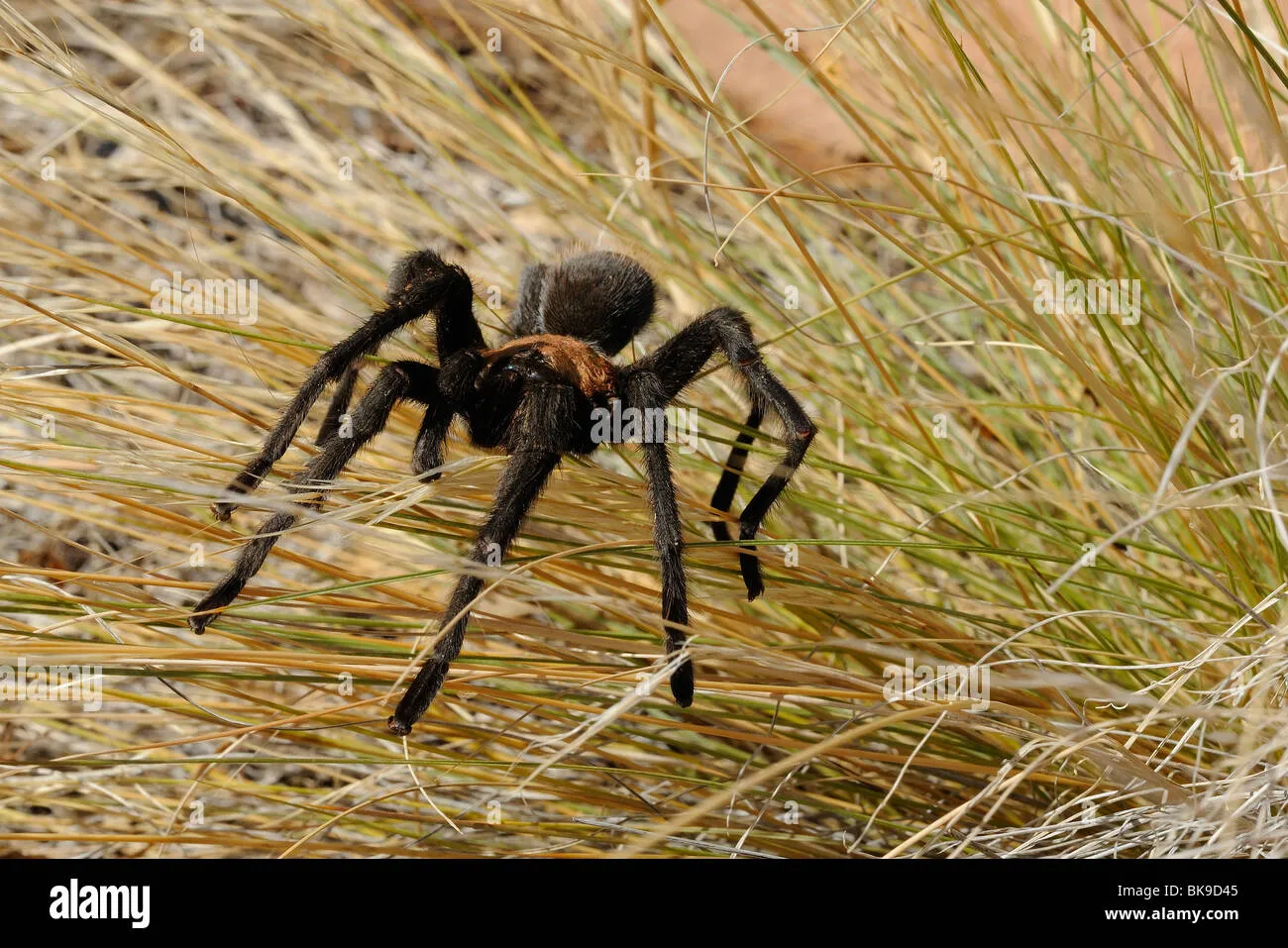
While multiple tarantula species might be found in the broader region surrounding Zion National Park, the specific species encountered within the park can vary. These spiders are often identified based on their size, coloration, and the specific characteristics of their habitats. The most common type of tarantula in the area belongs to the genus Aphonopelma, a group known for their relatively docile temperament. However, the exact species identification often requires expert knowledge, and it is best to appreciate these spiders from a safe distance and refrain from attempting to handle or disturb them.
Fact 2 Size and Appearance
Tarantulas are impressive in size, with the body length of Zion tarantulas ranging from 1 to 3 inches, with leg spans that can reach up to 5 inches or more. They are typically covered in a dense layer of hair, with colors varying from brown to black or a mix of both, providing effective camouflage within their natural surroundings. These spiders possess eight eyes, although their vision is not their primary hunting tool. They also have powerful fangs designed to inject venom into their prey. Their overall appearance makes them easily recognizable, even from a distance.
Fact 3 Habitat and Environment
Tarantulas thrive in a range of habitats within Zion National Park, from the open desert floor to the more secluded canyon areas. They prefer areas with loose soil and a mix of sunlight and shade, where they can construct burrows to retreat from the harsh environment. These burrows serve as both shelter from the extreme temperatures and a strategic location for ambush hunting. The presence of suitable prey, such as insects and small animals, is also vital for the tarantula’s survival within these habitats. Preserving and protecting these habitats is crucial for the tarantulas and the ecosystem’s overall health.
Fact 4 Lifespan and Lifecycle
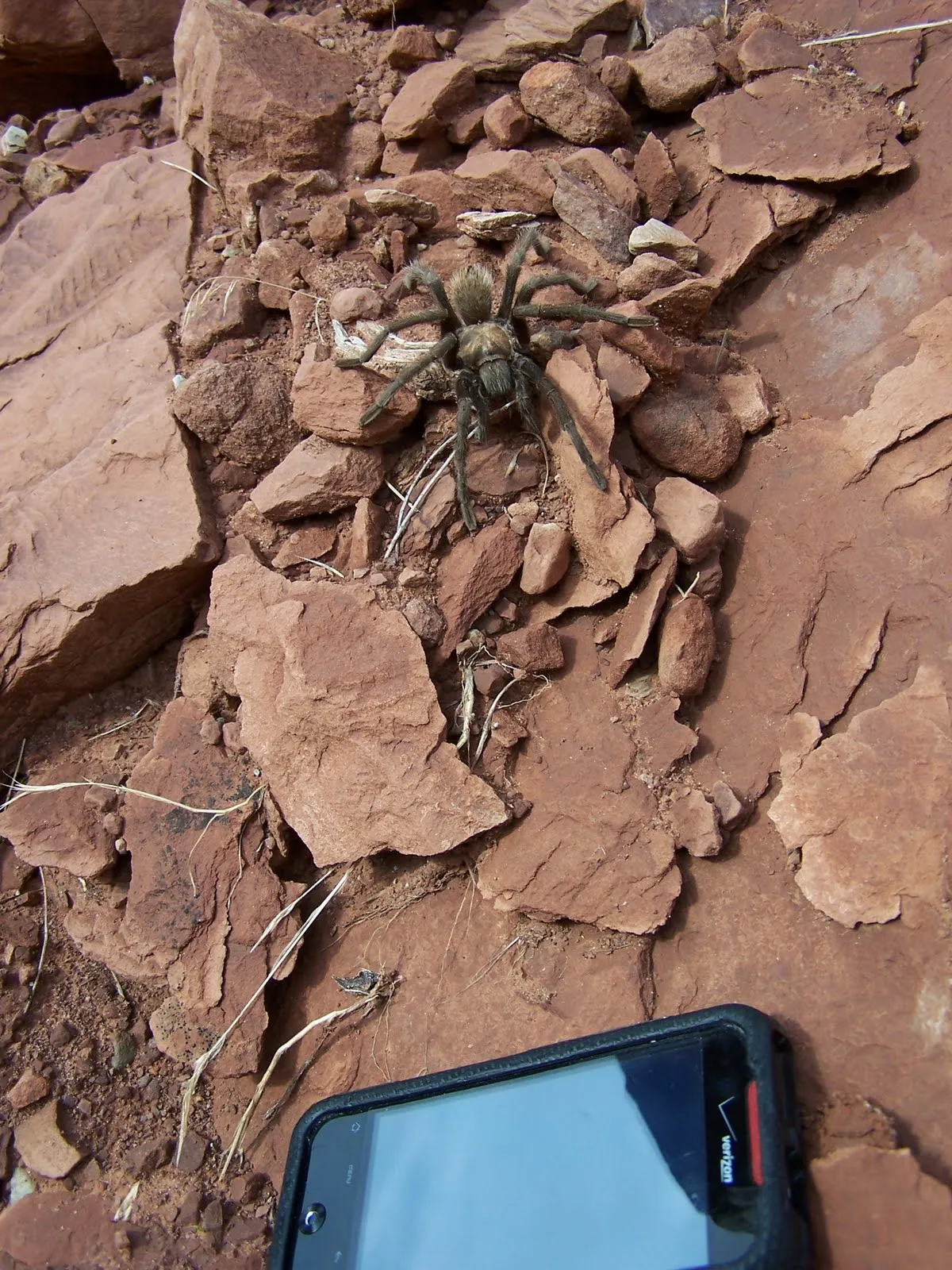
Tarantulas have a remarkably long lifespan, with females typically living for 20-30 years and males living for considerably less, usually only a few years, depending on whether they survive mating. The lifecycle begins with the eggs laid by the female, which hatch into spiderlings. These spiderlings undergo several molting stages as they grow, shedding their exoskeletons to allow for growth. Males reach maturity in about 7-10 years, while females take longer. Understanding this lifecycle helps in appreciating the tarantulas’ resilience and importance in the park’s ecosystem.
Fact 5 Interactions with Humans
Tarantulas in Zion National Park generally avoid human interaction, and bites are rare. However, it’s important to respect their space and avoid any actions that could provoke them. If you encounter a tarantula, maintain a safe distance and observe them quietly. Their primary defense is to flick hairs from their abdomen, which can cause skin irritation. It’s important to refrain from handling or attempting to touch them. In the rare event of a bite, seek medical attention, though the venom is generally not considered life-threatening to humans. Educating yourself and others about their behavior can help foster respect and appreciation for these creatures.
Safety Tips for Tarantula Encounters in Zion
When exploring Zion National Park, certain safety measures should be taken to minimize the risk of encountering or disturbing tarantulas. This includes wearing sturdy shoes and long pants, particularly during the peak activity season. Always stay on marked trails to reduce the chances of encountering burrows. Also, it is essential to avoid putting your hands or feet into crevices or under rocks where tarantulas might be hiding. Be especially cautious at dusk and during the night, when tarantulas are most active. It is always wise to bring a flashlight or headlamp to help you see in low light and be aware of your surroundings.
What to Do If You See a Tarantula
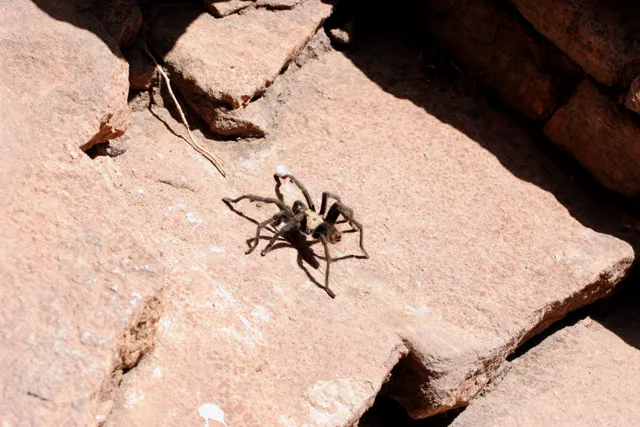
If you are lucky enough to spot a tarantula, the best course of action is to remain calm and observe from a safe distance. Avoid sudden movements or loud noises, as these can startle the spider. Do not attempt to approach, touch, or handle it. Instead, take the opportunity to appreciate it in its natural environment. You can take photographs from a distance, but refrain from using flash photography if it seems to be disturbing the animal. Remember, you are a guest in its home, and it is essential to respect its space and behaviors.
How to Avoid Disturbing Tarantulas
To avoid disturbing tarantulas in Zion, it is crucial to be mindful of their habitat and behaviors. Staying on marked trails, refraining from disturbing the soil, and avoiding actions that could cause vibrations can help reduce your impact. If you are hiking at night, use a flashlight responsibly, and avoid shining it directly on the tarantula for extended periods. Educating yourself about their behaviors can help you to be a more responsible visitor. By taking these simple steps, you can help protect these animals and their habitats. This will allow future generations to enjoy the beauty of Zion’s wildlife.
Conservation and Tarantulas in Zion
The conservation of tarantulas in Zion National Park is integral to the park’s overall ecological balance. These spiders play a significant role in the ecosystem by controlling insect populations and serving as a food source for other animals. Protecting their habitats, educating visitors about their importance, and promoting responsible tourism practices are all crucial steps in conservation efforts. These efforts help to ensure that future generations can continue to admire and appreciate these fascinating creatures. Supporting the park’s conservation initiatives can contribute to the long-term health of the Zion ecosystem, which offers a place for these spiders to thrive.
